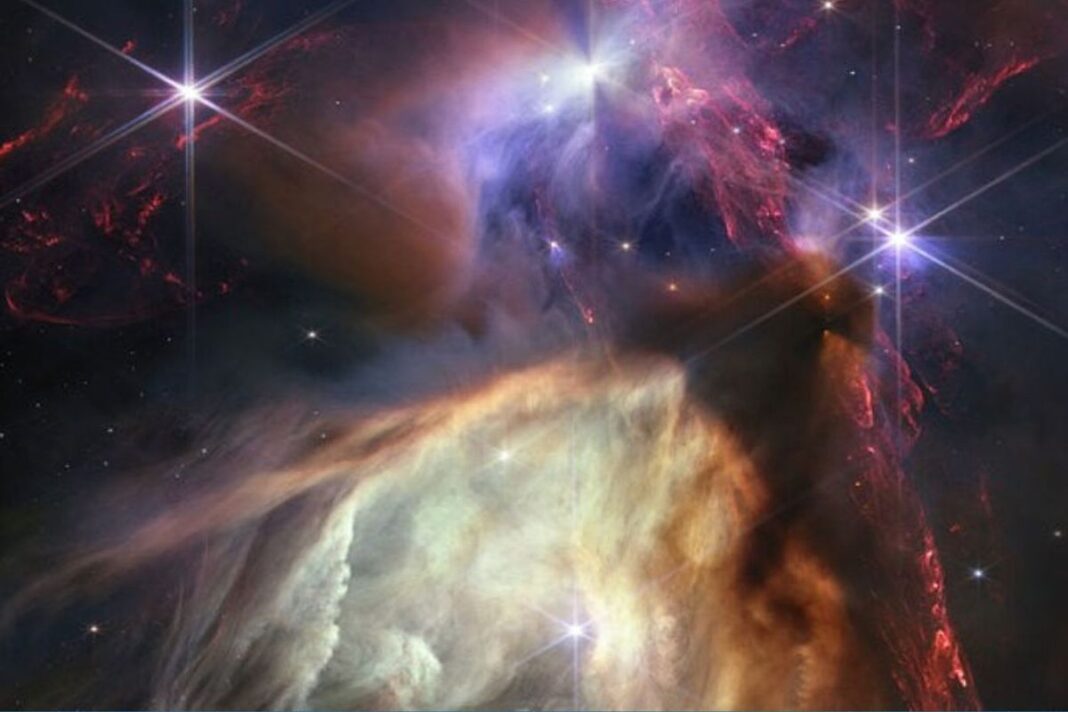A groundbreaking study led by Núria Miret-Roig, an astrophysicist at the University of Vienna, has unveiled a novel method for determining the age of stars. The research challenges traditional notions about the chronology of stars, demonstrating that two established methods for age determination measure two different aspects of a star’s life. Isochronous measurement, traditionally used to determine the birth date of stars, was compared with dynamical tracking, another conventional age-determination technique that provides insights into when stars leave their birth clusters.
Astonishingly, the study revealed a consistent difference of approximately 5. 5 million years between the two methods, suggesting that these cosmic timepieces tick at in a star’s journey. A timely cosmic revelation “This indicates that the two measurement methods measure different things,” explained Núria Miret-Roig in a .
Isochronous measurement initiates its “clock” at the time of star formation, while dynamical tracking only begins ticking when a star cluster expands after departing from its parent cloud. The synchronization of these two distinct cosmic clocks has provided researchers a glimpse into a pivotal aspect of stellar evolution: the duration stars spend in their cosmic cradle before venturing into the cosmos. “During the calculations, a consistent and puzzling difference between the two age determination methods emerged… We reached a point where we could no longer blame the discrepancy on observational errors— that’s when we realized that the two clocks were most likely measuring two different things,” Miret-Roig explained.
“This finding has significant implications for our understanding of star formation and stellar evolution, including planet formation and the formation of galaxies, and opens up a new perspective on the chronology of star formation,” said João Alves, a professor at the University of Vienna and co-author of the study. “The length of the so-called ‘embedded phase’ during which remain within the parental gas cloud can be estimated. This age difference between the two methods represents a new and much-needed tool to quantify the earliest stages in a star’s life,” Alves explained.
The study relied on high-resolution data from the Gaia special mission and ground-based radial velocities, offering a precise 3D trajectory of stars from birth to their current positions. The team believes that upcoming spectroscopic surveys such as WEAVE and 4MOST will permit widening the investigation to the entire solar neighborhood. Implications for astrophysics and beyond Astrophysicists have long relied on isochronous ages, dependent on specific stellar models, to estimate star ages.
However, the high-quality data from the Gaia satellite has enabled dynamic age measurements, independent of these models. The consistent and puzzling difference between the two methods that emerged during this research prompts scientists to realize they were likely measuring . Applying this new technique to six nearby and young star clusters will bring new insights into the star formation process and the drifting apart of stars, Miret-Roig hopes.
“Our work paves the way for future research into star formation and provides a clearer picture of how stars and star clusters evolve. This is an important step in our endeavor to understand the formation of the Milky Way and other galaxies. ” The findings of this study co-funded by the European Union were published in the journal .
Age is one of the most fundamental parameters of a star, yet it is one of the hardest to determine as it requires modelling various aspects of stellar formation and evolution. When we compare the ages derived from isochronal and dynamical traceback methods for six young stellar associations, we find a systematic discrepancy. Specifically, dynamical traceback ages are consistently younger by an average of 〈ΔAge〉 = 5.
5 ± 1. 1 Myr. We rule out measurement errors as the cause of the age mismatch and propose that ΔAge indicates the time a young star remains bound to its parental cloud before moving away from its siblings.
In this framework, the dynamical traceback ‘clock’ starts when a stellar cluster or association begins to expand after expelling most of the gas, whereas the isochronal ‘clock’ starts earlier when most stars form. The difference between these two age-dating techniques is a powerful tool for constraining evolutionary models, as isochronal ages cannot be younger than dynamical traceback ages. Measuring the ΔAge accurately and understanding its variations across different environments will provide further information on the impact of local conditions and stellar feedback on the formation and dispersal of stellar clusters.
.
From: interestingengineering
URL: https://interestingengineering.com/science/a-glaring-mistake-new-research-reveals-the-truth-about-stars-age



